Basking in the sun and soaking up the warmth might sound heavenly. A day on the beach can be a relaxing experience that can recharge your life energy. But like every good thing in your life, this one comes with a price tag also. If you don’t have proper protection, sun rays can leave you with damaged, burned, and sometimes blistered skin. Not very heavenly anymore, is it? To prevent this, there are some basic rules you should practice during and after sun exposure to keep your skin healthy.
Contents
1. Avoid midday sunbathing

Source: Telegraph
The World Health Organization issued a warning that health complications due to UV radiation are becoming a major public health issue. So, to be on the safe side, do not stay on the sun from noon until 2 pm. This is when the radiation from the sun is the strongest and can not only damage your skin, it can cause you serious health problems. Stay in the shade, or even better stay inside during the midday.
2. Choose high SPF

Source: Sunsafe Rx
We know you want to get rid of that pale skin, and put on some chocolate tan that makes you look better, that’s all fine and dandy. The least you can do is use some barrier between UV rays and your skin in the form of the sunscreen lotion. Not the one that will get you tanned the fastest, but rather the one with the SPF 30 or more. Preferably more. Sure, you will tan gradually, but your skin will not look and feel like leather shoes. Also, read the label and make sure that your sun cream will protect you from UV rays A and B. If you have any skin conditions like eczema or psoriasis you need to take extra care of your skin. Firstly, apply the cream that will help you with skin issues and prepare you for sunscreen. You can check out some skin solutions at delfinaskin.com. After you take care of the proper care, then apply sun lotion and head out to the beach.
3. Apply sunscreen properly
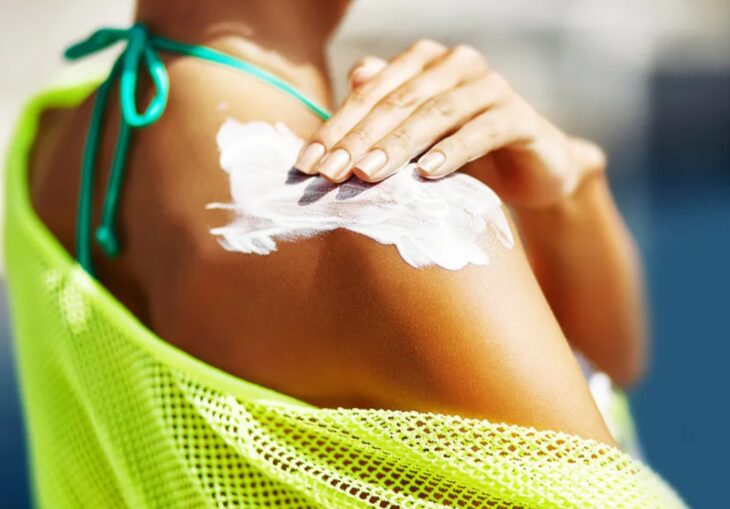
Source: The Conversation
The best time to put some sun cream on is half an hour before going outside. This will give your skin time to soak in all the protection it needs. To apply sunscreen properly means to apply a lot. Some of it will go to waste for sure, but this is your health we’re talking about, so better to be safe than sorry. It’s important that you cover every part of your skin that’s vulnerable to sun rays. Don’t forget your face, pout, and scalp, especially if you’re hairless as an egg. For your face get special gentle creams and for lips use a sun-blocking lip balm. If you’re not a fan of putting sunscreen on your head, wear a hat and sunshades at the very least. Remember to re-apply your sun cream every couple of hours, or even more often in case you decide to go for a swim.
4. Take a cold shower

Source: Pixabay
Salt from the seawater or chlorine from the swimming pool can amplify damage from sun rays, and make your skin extremely dehydrated. After a long day at the beach, the best thing you can do for your skin is to clean it and cool it down with some nice cold shower. This will decrease the temperature of your body, and hopefully, quench your skin’s thirst a little. Five to ten minutes should do the trick.
5. Hydrate often
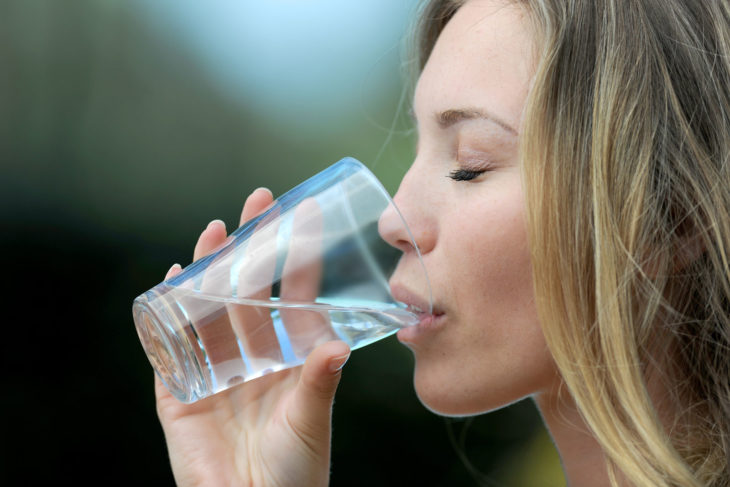
Source: Weight Lifting for Weight Loss
Your skin is 64% water, and your whole body a little bit less than that, around 60%. So, being hydrated is essential when you are exposed to heat for prolonged periods of time. The heat from the sun will suck out water from your skin leaving it dry. When out in the soaring temperatures always make sure that you have ice-cold water at your arm’s length. Consuming plenty of fluids will keep your body refreshed and hydrated.
6. Moisturize
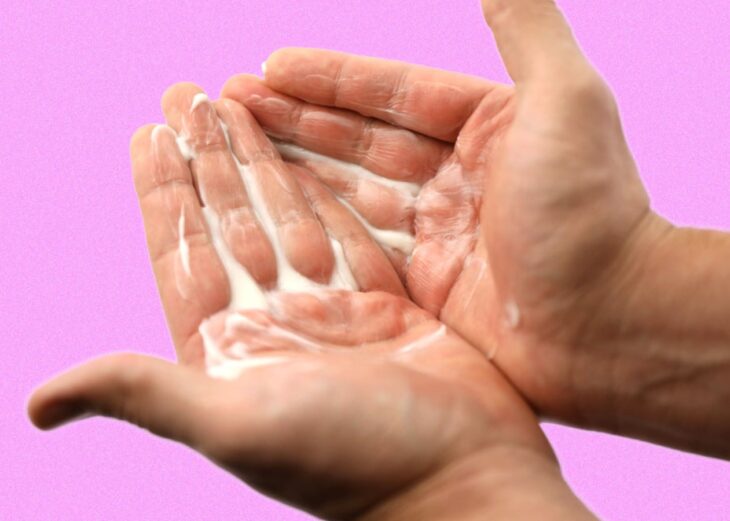
Source: Dollar Shave Club
Applying after-sun cream is almost equally important as applying the one before. After a hot day in the sun, it will help your skin to lock in all the moisture giving it back that soft and smooth feeling. If possible, before you go out, put your after-sun lotion in the fridge for that cooling, refreshing sensation.
7. Waxing and exfoliating
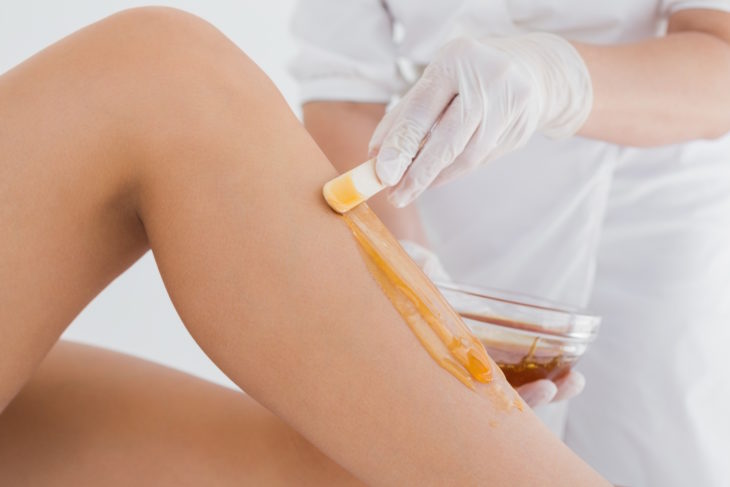
Source: sanovadermatology
Forget about it. Exfoliating after sunbathing is an absolute no-no. Your skin has been through a lot already, it needs to rest and hydrate. Let it recover before you dig into it again. Exfoliators will remove the protective layer of your skin that is needed to keep that moisture in. Also, it can irritate it, leaving it red and scaly. In case you have sunburn blisters, let them heal on their own, without poking and squeezing out the ooze. Waxing – really? Definitely not. Even if you have very high pain tolerance, stay away from it during your days at the beach. Waxing right before going out on the sun is also damaging and, in some cases, can leave dark spots on your epidermis.
8. Plan B in case of sunburns
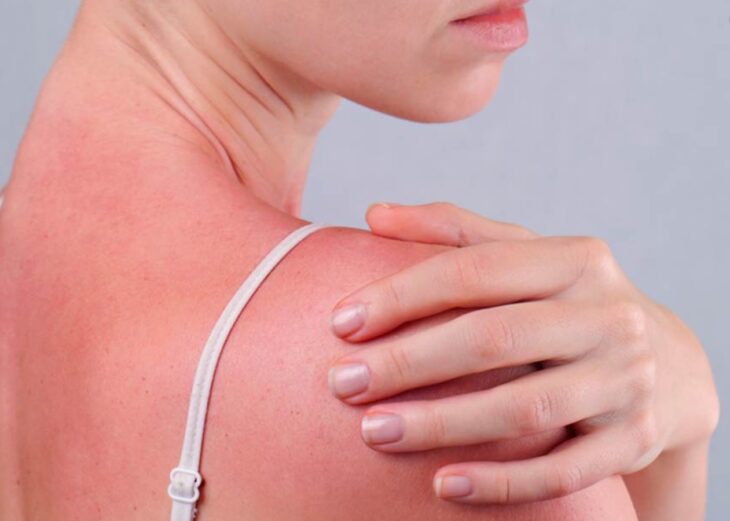
Source: The Healthy
Even if you took every step to protect and prepare your skin for the sun’s radiation, your skin is still left in burns and blisters. In this case, mild after-sun creams won’t help a whole lot. You need to put some lotions that are specifically designed for sunburned skin. Try to keep it cool, wear clothes made out of natural materials like silk and cotton and take short and frequent cold showers. Sometimes a fever can strike too since your body is fighting against overheating. If you start to sweat profusely it might be the time to call your doctor. Your skin is going to need a few days to recover, so, needless to say, stay away from the sun.
When asked about her smooth and silky skin, Joan Collins, an 87-year old actress, and the famous TV villain once said that her skin hasn’t seen the sun in over forty years. So, there you have it. If you still want to enjoy your summer on the beach make sure to show your skin some extra love afterward.
